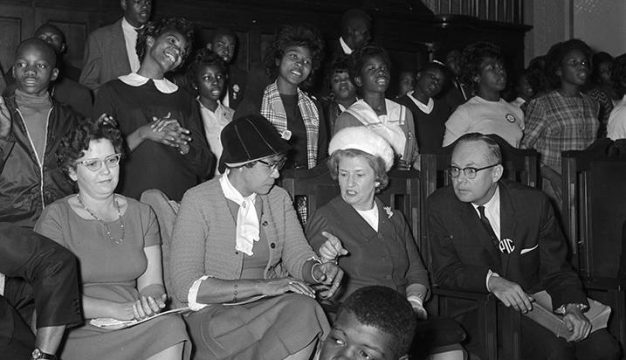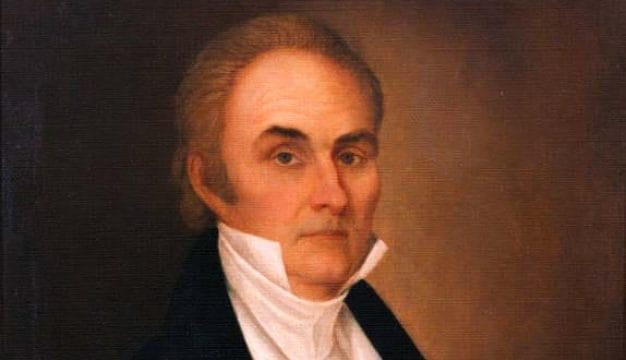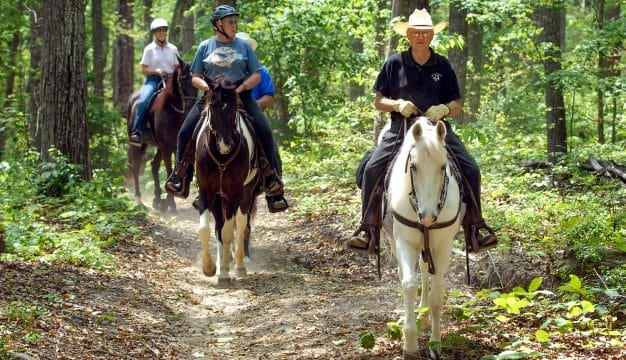Battle-Friedman House
The Battle-Friedman House is a historic house museum and civic and cultural center in Tuscaloosa, Tuscaloosa County, named in reference to the two families that resided in the home. It and the Murphy-Collins House, the Jemison-Van de Graaff Mansion, and the Old Tavern are all maintained by the Tuscaloosa County Preservation Society (TCPS).
 Battle-Friedman House
The Battle-Friedman House is located on Greensboro Avenue, which at the time of the home's construction was known as "Millionaire's Avenue" because of the number of wealthy residents on the street. It was built in 1835 by Alfred Battle, of Nashville, North Carolina, who moved to Tuscaloosa in 1821 because of his interest in merchandising and agriculture. Battle's plantation holdings were extensive, and he was instrumental in attracting the first railroad through Tuscaloosa. Niece Virginia Tunstall Clay lived in the house in the 1830s and later married U.S. senator Clement Claiborne Clay. Battle moved to his plantation in Hale County in 1872 and died there in 1877.
Battle-Friedman House
The Battle-Friedman House is located on Greensboro Avenue, which at the time of the home's construction was known as "Millionaire's Avenue" because of the number of wealthy residents on the street. It was built in 1835 by Alfred Battle, of Nashville, North Carolina, who moved to Tuscaloosa in 1821 because of his interest in merchandising and agriculture. Battle's plantation holdings were extensive, and he was instrumental in attracting the first railroad through Tuscaloosa. Niece Virginia Tunstall Clay lived in the house in the 1830s and later married U.S. senator Clement Claiborne Clay. Battle moved to his plantation in Hale County in 1872 and died there in 1877.
The home was purchased in 1875 by Bernard (sometimes Bernhard) Friedman, a native of Hungary who came to the United States in 1856 and settled in Tuscaloosa in 1866. He would own the cotton mill there and later be elected vice president of the Tennessee Coal, Iron, and Land Company. The Friedman family was responsible for interior renovations that exist today, such as a distinctive Art Deco frieze of ornamental flowers.
The home is a two-story red-brick structure with a raised portico that originally was wooden but was replaced with marble after 1875. The east-facing façade of the house is plastered with stucco, then scored and colored with shades of pink and cream to simulate marble. Six two-story white square pillars support the portico roof. The hipped roof is topped with a wooden balustrade that runs its length. The entrance is a Federal-style doorway that features two wooden doors with a small balcony above it on the second story. Interior walls were built with brick instead of the usual wood. Twin parlors lie to either side of the entrance. A circular stairway leads to the second floor. A one-story structure in the back is connected to the main house by a bridge; it was originally two stories and housed the kitchen and servants' quarters. A gallery on the rear was added sometime between 1870 and 1890.
 Historic Drish House
The house contains a collection of Renaissance Revival-style furniture, antiques, and art. Members of both the Battle and Friedman families were all rather short, so many of the home's elements are smaller and shorter than they are in common construction. For example, doorknobs, furniture, and stair rails are very low by current standards. The house also contains what was at the time one of the first 88-key pianos in America. The grounds, which were influenced by English landscape architecture, include the only remaining documented antebellum garden in the state. The architect who designed it was brought to Tuscaloosa to plant gardens while the Battle family lived there. The house was added to the National Register of Historic Places in January 1972. The home remained in the Friedman family until 1965, when Friedman's son Hugo willed the home to the city of Tuscaloosa. He was a philanthropist and businessman who also served on the University of Alabama committee that hired Paul "Bear" Bryant.
Historic Drish House
The house contains a collection of Renaissance Revival-style furniture, antiques, and art. Members of both the Battle and Friedman families were all rather short, so many of the home's elements are smaller and shorter than they are in common construction. For example, doorknobs, furniture, and stair rails are very low by current standards. The house also contains what was at the time one of the first 88-key pianos in America. The grounds, which were influenced by English landscape architecture, include the only remaining documented antebellum garden in the state. The architect who designed it was brought to Tuscaloosa to plant gardens while the Battle family lived there. The house was added to the National Register of Historic Places in January 1972. The home remained in the Friedman family until 1965, when Friedman's son Hugo willed the home to the city of Tuscaloosa. He was a philanthropist and businessman who also served on the University of Alabama committee that hired Paul "Bear" Bryant.
The TCPS was founded in 1966 and has collaborated with entities such as the Original City Association of Tuscaloosa, local universities, Alabama Heritage magazine, and the Alabama Historical Commission to help with city preservation. These efforts have helped raise awareness of the home's historical significance. TCPS fundraisers over the years have helped with renovations.
The house is open for tours annually Tuesday through Saturday from 11:30 a.m. until 12:30 p.m. unless it is reserved for a private event. Admission is free but donations are welcome. Open house tours over the holiday season that discuss the architecture and history of the holiday season are popular and local garden clubs help in the decoration of each room. It is also available for rental, weddings, and receptions. Large groups are asked to call offices to reserve a tour. Nearby are the Jemison-Van de Graaff Mansion and Historic Drish House.



